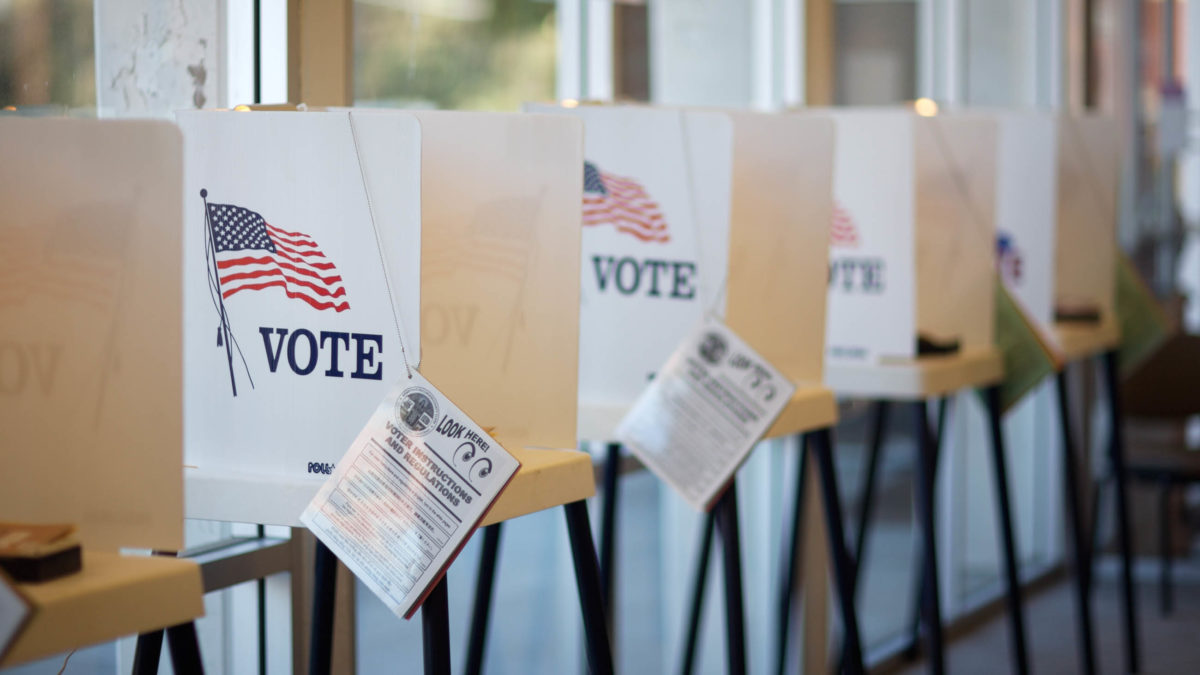The Art of Persuasion: How to Mobilize Undecided Voters

When it comes to elections, the power of persuasion is key in swaying undecided voters to support a candidate or cause. Mobilizing this group of voters can make a significant impact on the outcome of an election. Here are some strategies to effectively persuade and mobilize undecided voters:
Understanding the mindset of undecided voters
Before diving into persuasion techniques, it's important to first understand the mindset of undecided voters. These individuals may be hesitant to commit to a particular candidate or cause for a variety of reasons:
- They may feel overwhelmed by the amount of information available.
- They may have conflicting beliefs or values.
- They may not feel a personal connection to any of the candidates.
- They may be disillusioned with the political process.
Building a persuasive campaign
To effectively mobilize undecided voters, a persuasive campaign must be carefully crafted. Here are some key strategies to consider:
- Identify key issues: Focus on the issues that are most important to undecided voters. Highlight how a candidate's policies or stance on these issues align with their values and beliefs.
- Personalize the message: Use storytelling and personal anecdotes to make the campaign message more relatable and engaging to undecided voters.
- Provide credible information: Back up claims with facts, data, and credible sources to build trust and credibility with undecided voters.
- Engage undecided voters: Create opportunities for undecided voters to engage with the campaign, whether through events, social media, or other platforms.
Utilizing persuasion techniques
Once the campaign framework is in place, it's time to utilize specific persuasion techniques to sway undecided voters. Here are some effective strategies to consider:
1. Social proof
People are more likely to support a candidate or cause if they see that others are doing the same. Utilize social proof by highlighting endorsements, testimonials, or statistics that demonstrate widespread support for your candidate.
2. Reciprocity
Reciprocity is a powerful persuasion technique that involves giving something to receive something in return. Consider offering undecided voters something of value, such as a free resource or exclusive access, in exchange for their support.
3. Consistency
Encourage undecided voters to make small commitments or statements in support of your candidate or cause. Once they have publicly expressed their support in some way, they are more likely to remain consistent and follow through with their commitment.
4. Emotional appeal
Appeal to the emotions of undecided voters by using storytelling, imagery, and language that evokes strong feelings. Make a personal connection and show empathy to resonate with their emotions and values.
Engaging undecided voters
Engagement is key to mobilizing undecided voters and getting them to actively support a candidate or cause. Here are some ways to engage undecided voters effectively:
1. Host events
Organize events, such as town halls, rallies, or meet-and-greets, to provide undecided voters with an opportunity to interact with the candidate and ask questions. Events can help humanize the candidate and build trust with undecided voters.
2. Utilize social media
Engage undecided voters through social media platforms by sharing compelling content, responding to their questions and comments, and actively participating in online discussions. Social media can help reach a wider audience and create real-time engagement.
3. Door-to-door canvassing
Implement a door-to-door canvassing strategy to personally connect with undecided voters in their communities. Face-to-face interactions can be highly persuasive and allow for meaningful conversations that address the concerns and priorities of undecided voters.
4. Empower volunteers
Recruit and empower volunteers to actively engage with undecided voters on behalf of the campaign. Provide training, resources, and support to volunteers to effectively communicate the campaign message and mobilize support.
Conclusion
Persuading and mobilizing undecided voters is both an art and a science. By understanding the mindset of undecided voters, building a persuasive campaign, utilizing persuasion techniques, and engaging undecided voters effectively, campaigns can make a meaningful impact on election outcomes. The key is to establish trust, build connections, and create compelling arguments that resonate with undecided voters to inspire them to take action.